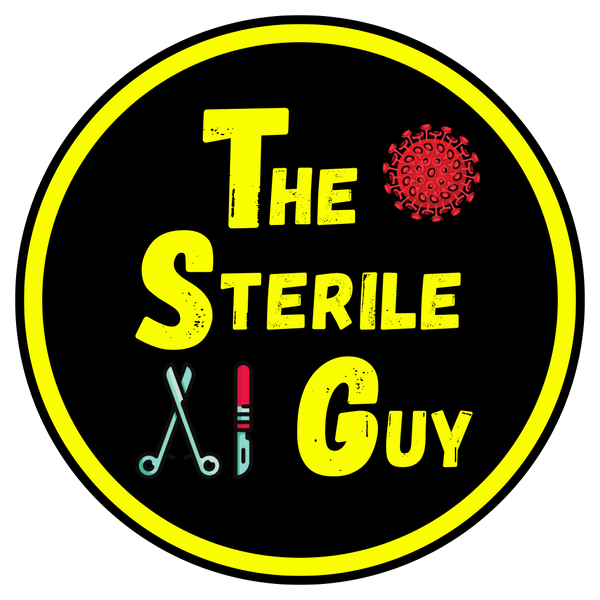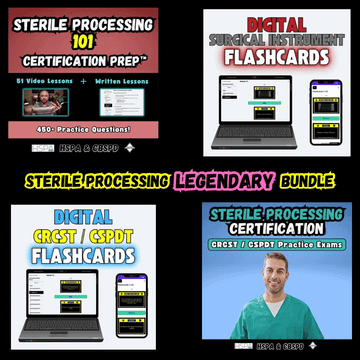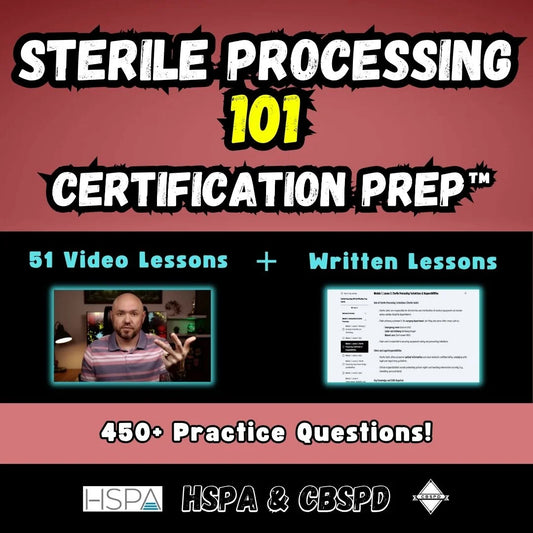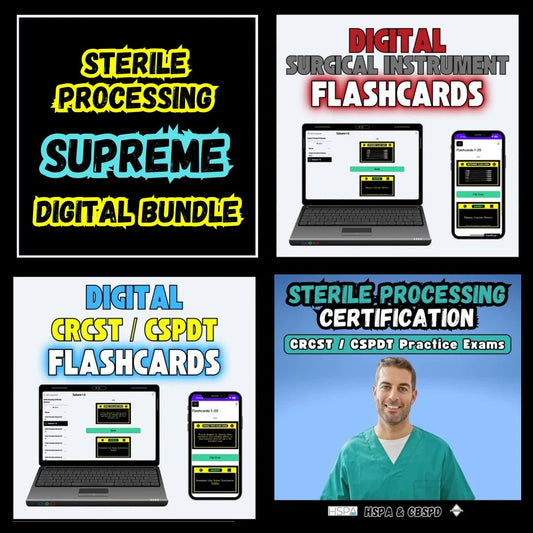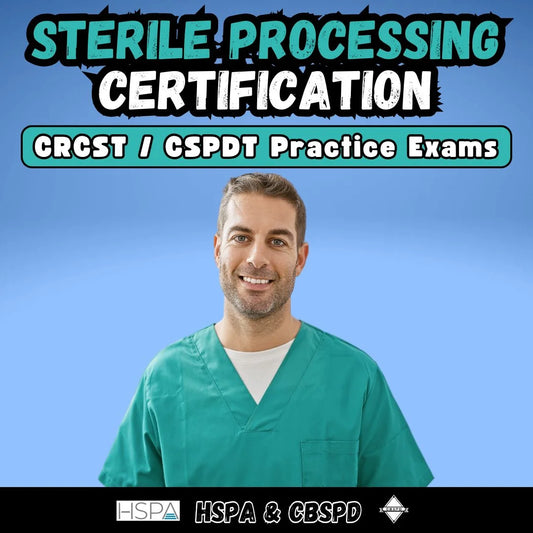Endoscope Safety: Step-by-Step Guide to Cleaning & Disinfection

Endoscopes have revolutionized medical diagnostics and treatments, allowing healthcare professionals to visualize internal organs and perform minimally invasive procedures. However, lack of proper cleaning and disinfection of endoscopes remains at a high risk for patient safety. This article provides a step-by-step guide to the cleaning and disinfection process of endoscopes, as well as an overview of the historical issues and advancements in endoscope safety.
History of Endoscope Safety:
The history of endoscope safety is marked by notable milestones and lessons learned. In the early years, endoscopes were challenging to clean and disinfect adequately, leading to incidents of cross-contamination and infections. The introduction of flexible endoscopes in the 1950s brought about significant advancements in medical procedures but also posed new challenges in terms of reprocessing and disinfection. The subsequent years witnessed the development of stricter guidelines, improved cleaning techniques, and the incorporation of automated reprocessing systems to enhance endoscope safety. The greatest advancement in cleaning and disinfection developed out of significant safety concerns from spread dangerous microorganism "superbugs" occurring specifically with duodenoscopes. A lot of media attention brough Endoscopes in the spotlight and the CDC issues interim guidance for culturing and sampling Endoscopes to periodically test the cleaning and disinfection processes. This process has been advanced by a CDC working group with the latest Duodenoscope Surveillance guidelines. Though duodenoscopes were the culprit in the media outcry, all endoscopes have been brought into the spotlight to ensure proper education, equipment, and standards are used and followed in this high risk process.
Step-by-Step Process of Cleaning and Disinfection:
As the old saying goes "You can clean without sterilizing, but you cannot sterilize without first cleaning", so goes the Endoscope motto of "You can clean without disinfecting, but you cannot disinfect without first cleaning." Endoscopes that have not been properly pre-cleaned and cleaned cannot effectively undergo Disinfection or Sterilization. Below is the simple process for cleaning and disinfection of endoscopes. This process will vary by Endoscope type, Endoscope Manufacturer, types of products, detergents, enzymes and sterilant used, as well as type of automated washer/disinfector used. Always follow the manufacture Instructions for Use (IFU) when cleaning, disinfecting, and sterilizing any surgical instrumentation.
Step 1: Pre-cleaning:
Immediately after use, endoscopes should undergo pre-cleaning at the point of use. This involves removing all disposable items from the endoscope and flushing the channels with enzymatic or detergent-based solutions to remove organic debris and minimize the risk of biofilm formation. Every cleaning procedure requires Personal Protective Equipment (PPE).
Step 2: Leak Testing:
Before proceeding with cleaning and disinfection, endoscopes should undergo a leak test to ensure the integrity of the instrument. This test helps identify any potential damage or leaks in the endoscope's channels or connectors that could cause catastrophic damage during the cleaning and disinfection/sterilization process. Leak testing can be manual or automated, dry and/or wet.
Step 3: Manual Cleaning:
Manual cleaning is a crucial step to remove residual organic material and debris. It involves using enzymatic or detergent-based solutions to clean the external surfaces, channels, and accessories of the endoscope. Soft brushes, sponges, and lint-free cloths are used to reach intricate areas and remove visible contamination.
- Step 1: Don fresh PPE.
- Step 2: Clean & Disinfect sink.
- Step 3: Disconnect and disassemble endoscope components.
- Step 4: Fill sink/basin with fresh water and properly dosed detergent/enzyme solutions. Note: Prepare a fresh cleaning solution for each endoscope ensuring not to cross-contaminate.
- Step 5: Ensure moisture-resistant cap, if part of the endoscope, is secure. Immerse endoscope in solution keeping all parts below liquid surface.
- Step 6: Clean external surfaces using brushes or cloths designated by endoscope IFU.
- Step 7: Use appropriate brush to clean inside and under suction valve, air/water valve, and biopsy port cover and openings.
- Step 8: Clean all valve cylinders, openings, and forceps elevator housings with appropriate brush designated by endoscope IFU.
- Step 9: Brush all accessible channels, including the body, insertion tube and umbilicus of the endoscope.
- Step 10: Attach endoscope cleaning adapters for the suction, biopsy and air/water channels as well as for any other special channels.
- Step 11: Flush and clean all channels. Following manufacture IFU this can be done either by manual flush or automated flush.
- Step 12: Rinse and submerge the endoscope in fresh water and flush channels according to endoscope IFU. Also, rinse all surfaces until detergents/enzymes are removed.
- Step 13: Repeat cleaning, brushing, and rinsing steps until there is no visible debris or solution residues.
- Step 14: Purge all channels with air. Note: Instrument air must be HEPA filtered.
- Step 15: Soak, scrub, brush and rinse all reusable and removable parts.
- Step 16: Clean reusable endoscope accessories according to IFU.
- Step 17: Use ultrasonic cleaning if recommended by IFU.
Step 4: Rinse and Drying:
After manual cleaning, the endoscope should be thoroughly rinsed with sterile water or an appropriate rinsing solution to remove cleaning residues. The endoscope should then be dried with forced air or lint-free cloths to prevent the growth of microorganisms due to moisture.
Step 5: High-Level Disinfection:
High-level disinfection is the next crucial step to inactivate microorganisms. This can be achieved using chemical disinfectants approved for endoscope reprocessing by endoscope IFU. The disinfectant should be prepared according to the manufacturer's instructions, and the endoscope should be immersed, ensuring all channels are filled with the disinfectant. The required contact time should be strictly followed. Note: If endoscope is to be sterilized, you can skip steps 5 and 6. Endoscopes must be thoroughly dried before sterilization. Follow manufacture IFU as to how to fully dry endoscopes for sterilization to include if a drying cabinet is authorized. Follow proper containerizing/wrapping procedures and sterilization type and parameters according to endoscope IFU.
Step 6: Rinse and Drying (Post-disinfection):
After high-level disinfection, the endoscope should undergo a final rinse with sterile water or an appropriate rinsing solution to remove residual disinfectant. The endoscope should be carefully dried, ensuring all channels are thoroughly flushed to prevent the growth of microorganisms and waterborne pathogens.
Step 7: Storage and Transport:
Proper storage and transportation are crucial to maintain endoscope safety. Endoscopes should be stored in a clean and dry environment, protected from contamination. Transportation should be carried out using appropriate containers or protective sleeves to include gloves when handling. HEPA filtered storage cabinets that have adapters to circulate air through channels are optimal for endoscope storage as it keeps endoscopes clean and dry.
Conclusion:
The cleaning and disinfection of endoscopes are paramount to ensuring patient safety and preventing healthcare-associated infections. The step-by-step process outlined above highlights the critical stages in achieving effective endoscope reprocessing. Through historical advancements and continuous improvements in guidelines and practices, healthcare professionals can enhance endoscope safety, providing patients with the highest level of care.
If you are prepping for the Endoscope certification exam, checkout the resources available on this website to help you prepare such as the Endoscope Reprocessing Practice Exams. These were designed specifically to help you pass.
Share
Let customers speak for us
from 241 reviewsI took the practice test and I got a 91% on my certification exam!!
This course was the extra boost that I needed in order be confident in passing the exam. Thank you for all the information provided. I even refer to your notes while working.
Very helpful to me I can study any where at my own pace and low cost than going to school...I'm glad that there is something like this online to help anyone who want to pursue their career as a sterile processing tech.
I loved it, it’s very informative and the questions are great, it’s a great resource to purchase if you want to prepare for your certification exam!
I’ve really enjoyed this course so far. It delivers the information in a straightforward, digestible way. The Sterile Guy has compiled a highly effective program. Thanks very much from one highly satisfied customer!
The practice exams are detailed and easy to navigate. Brandon continues to show his passion in this industry by sharing his knowledge with up-and-coming techs. I also recommend investing in his flashcards. It has helped me greatly. Thank you, Brandon!,
These practice quizzes really helped me get the hang of answering questions related to instruments and the processes of preparing them! I even bought them twice cause I ran out of time lol. Super helpful!
I recently completed the Sterile Processing Guy course online and was extremely impressed. The content was clear, well-organized, and easy to follow. It helped me better understand important concepts like decontamination, disinfection, and sterilization. I appreciated how practical and informative the lessons were, it definitely made studying for certification feel more manageable. I highly recommend this course to anyone pursuing a career in sterile processing!
I won’t lie, I failed the first time around. So I decided to buy this practice test and I passed with flying colors my second go. Highly recommend to anyone interested in the CER, it helped a lot!
The flash card quality is amazing! Bravo sir! The card quality is way above average, questions are great! I’m still learning, utilizing these cards and your practice tests. Thanks for all the info!
I passed the CRCST exam. Taking reg sterile guy practice test over and over definitely helped get the job done.
This certification prep course is a must. Great videos with a lot of information and plenty of of practice exams.
These flashcards are so helpful and well put together. Highly recommend!
I'm really happy that I purchased the SP practice exam. I love how if you answer the question incorrectly, the correct answer will include the page number of the text book to find the answer. The questions are literally based on the textbook. I suggested "The Sterile Processing Guy" to my friend that is studying for the exam as well.
